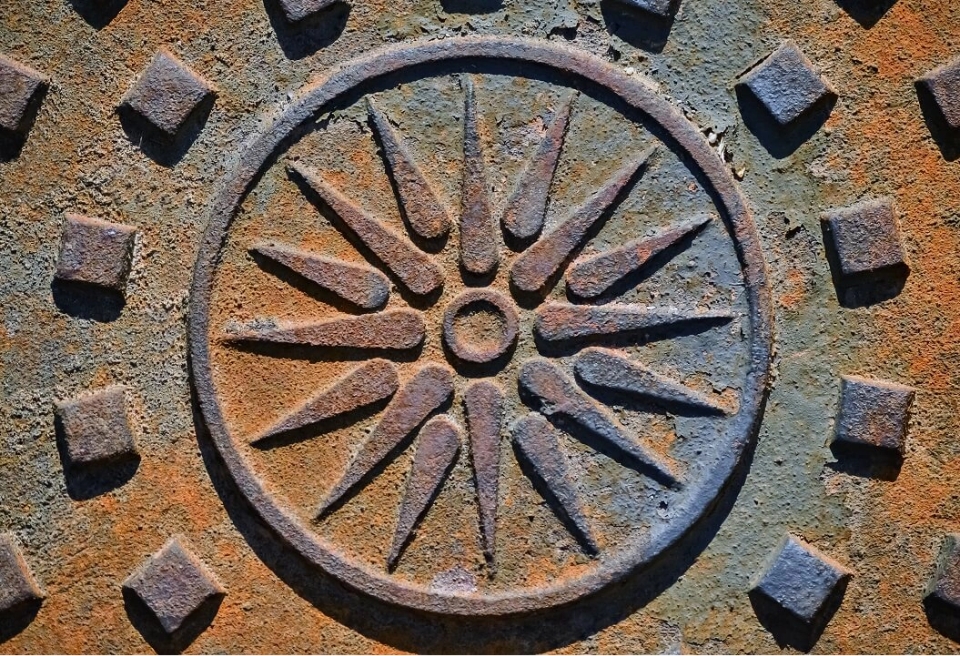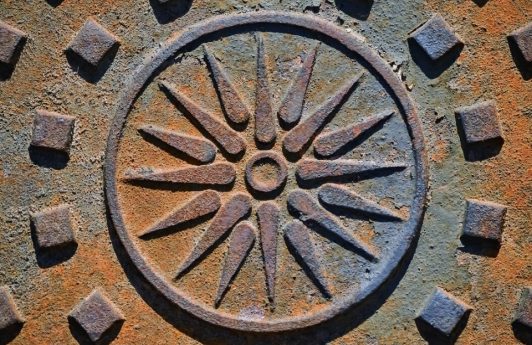Destinations
ANCIENT PELLA - VERGINA

Vergina - Aigai
Vergina is located on the site of the ancient Aigai, the first capital of ancient Macedonia. The kingdom of Macedonia and the ancient city of Aigai were founded in 650 BC. from Argeades, led by Perdiccas I. The city developed and while it was the capital, the kingdom of Macedonia expanded to today’s central Macedonia. Even after the transfer of the capital to Pella, the Aigai continued to flourish and constitute a great ritual center.

When and why did Vergina become famous?

A short journey through the history of Ancient Pella
.
Ancient Pella

A short journey through the history of Ancient Pella
.
Development, expansion and fall of the Macedonian Kingdom

What can I see today in Pella?
.
Archaeological Site of Pella

What can I see today in Pella?
.
Archaeological Museum of Pella
The Archaeological Museum of Pella includes findings from
1.the ancient Agora
2.private residences
3.the sanctuaries
4.the cemeteries
5.prehistoric settlements of the wider area
The exhibition covers a period from the Neolithic to Roman times and the most important exhibits are the famous mosaic floors of the rich houses of Pella and the marble head of Alexander the Great.

Archaeological Site of Vergina
.
The museum of royal tombs

Archaeological Site of Vergina
.
The tomb of Philip II

Archaeological Site of Vergina
.
The tomb of Alexander IV

Archaeological Site of Vergina
.
The golden shrine

Archaeological Site of Vergina
.
The golden oak wreath

Archaeological Site of Vergina
.
The tomb of Persephone

Archaeological Site of Vergina
.
The palace of Aigai

Archaeological Site of Vergina
.
The sun of Vergina

Elite Transfer Services








Transfer and return from Thessaloniki to the point of interest
With spacious, air-conditioned and state-of-the-art vehicles
Carefully selected staff, eager to serve you
Comfortable and relaxing transportation
Elite Transfer Services











